India shows how it’s done
Out of the 35 players belonging to the ‘2700 club’ in the live ratings list, six hail from India (Russia also has six representatives in this group, while the United States has five), with three of them aged 17, 18 and 19 years old.
The meteoric ascent of the Indian players was forged with plenty of hard work and the support of a thriving and enthusiastic chess community. For example, in January 2020, Microsense sponsored a training camp with chess legends Vladimir Kramnik and Boris Gelfand — at the time, India had ‘only’ four players in the world top 100, while Pragg, Arjun and Gukesh had yet to surpass the 2600 rating mark.
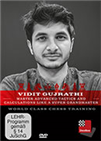 The Indian chess grandmaster Vidit Gujrathi with an ELO of over 2700 (June 2023) is one of the best 20 players in the world. For the first time, the sympathetic top player presents himself in a video course. Let a world-class player show you tactical moti
The Indian chess grandmaster Vidit Gujrathi with an ELO of over 2700 (June 2023) is one of the best 20 players in the world. For the first time, the sympathetic top player presents himself in a video course. Let a world-class player show you tactical motiNow, at the FIDE World Cup in Baku, the outstanding level of the Indian players is again illustrated by the fact that four out of eight quarterfinalists hail from the South Asian country.
While Gukesh (aged 17), Pragg (18) and Arjun (19) all won their matches by 1½-½ scores in classical chess, Vidit Gujrathi (28) remarkably took down fourth seed and 2-time Candidates champion Ian Nepomniachtchi in tiebreaks.
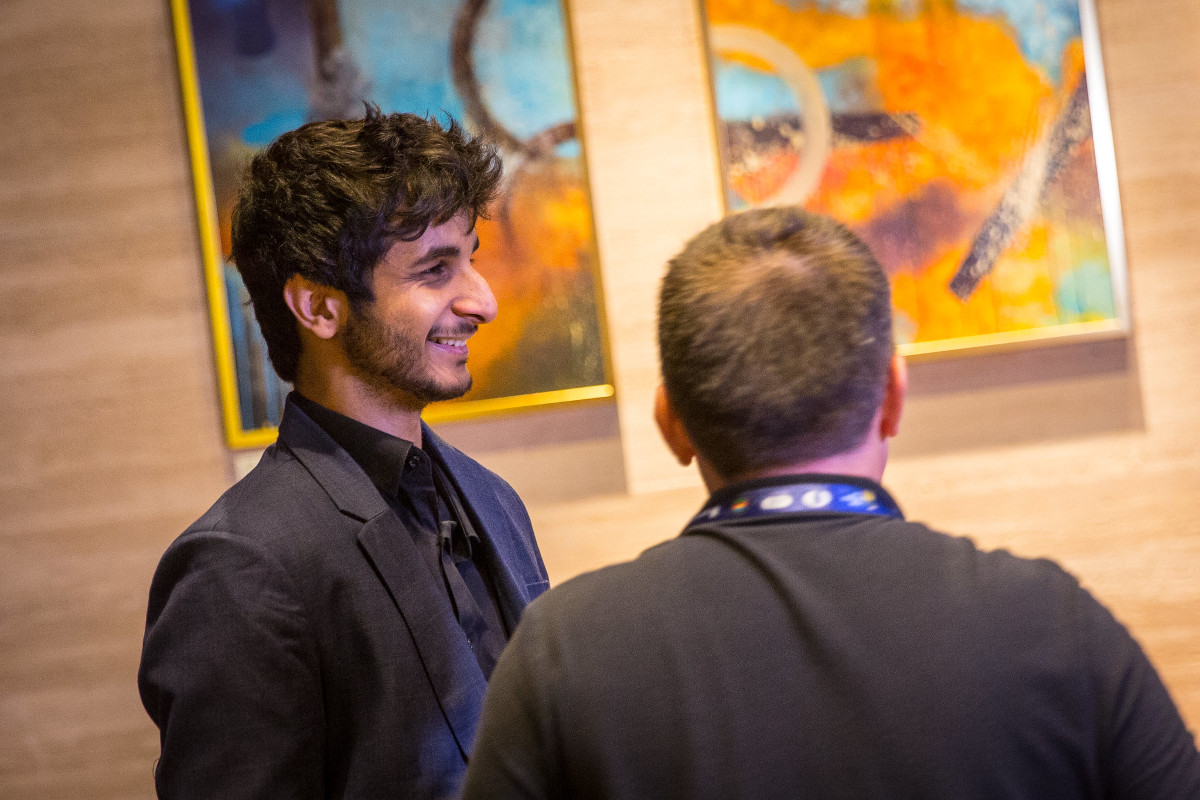
Vidit joined his (very) young compatriots in the knockout event’s quarterfinals | Photo: FIDE / Anna Shtourman
After drawing both 25-minute games, Vidit bravely rejected taking a draw by perpetual check despite having less than one minute to Nepo’s five in a materially balanced position with major pieces on the board.
Vidit could have grabbed the draw with 42...Ke7 here, since he and Nepo had repeated moves twice already. However, noticing this was a good chance to take the lead, he opted for 42...Kg8 and went on to grab the a2-pawn two moves later.
The 28-year-old from Nashik swiftly made the most of his better-coordinated pieces.
55...e4+ is a nice shot, as the threat of promoting the a-pawn is decisive here. Five moves later, Nepo threw in the towel.
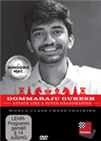 In this Fritztrainer: “Attack like a Super GM” with Gukesh we touch upon all aspects of his play, with special emphasis on how you can become a better attacking player.
In this Fritztrainer: “Attack like a Super GM” with Gukesh we touch upon all aspects of his play, with special emphasis on how you can become a better attacking player.In the rematch, the 2-time World Championship challenger went for the kill, but ended up in an inferior position as early as on move 13. Vidit won the game in 52 moves and advanced to the quarterfinals, where he is set to face Nijat Abasov.
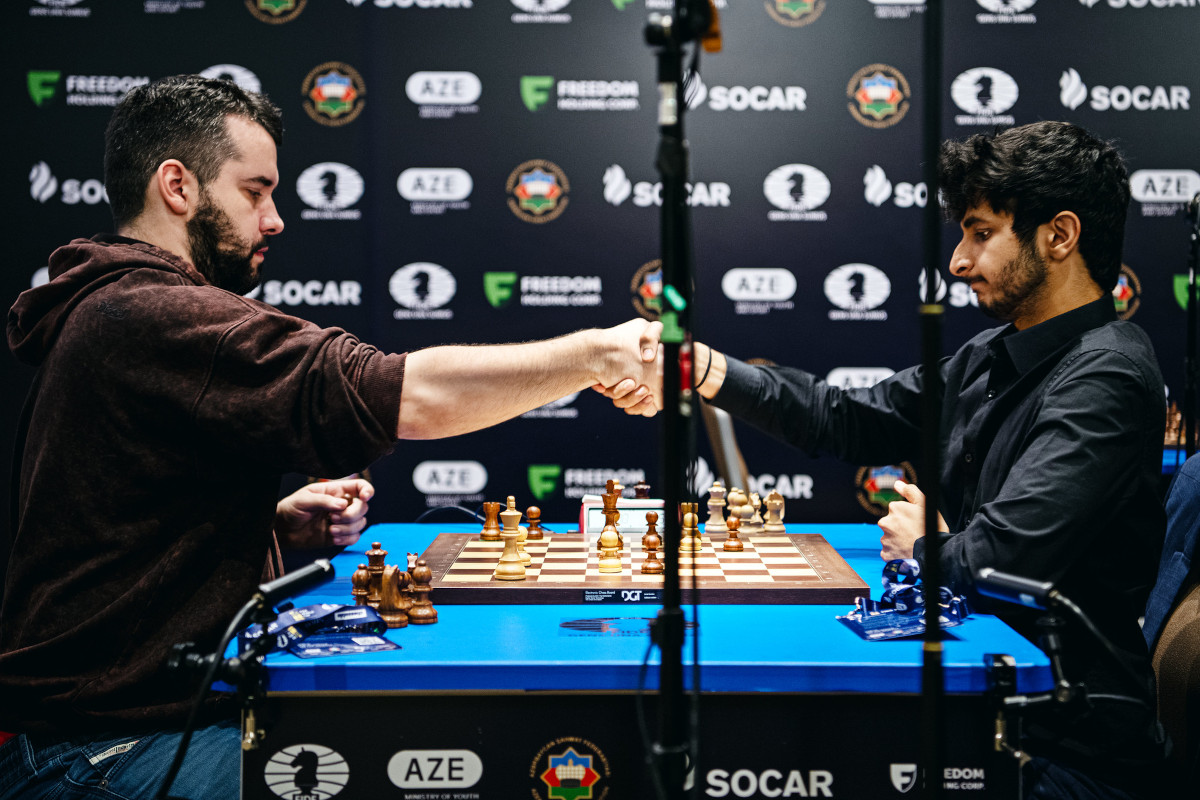
Ian Nepomniachtchi and Vidit Gujrathi | Photo: FIDE / Stev Bonhage
Round-of-16 games - Open
Replay games from all round at Live.ChessBase.com
Women’s: Fighting chess
In the women’s section, the one tiebreaker that was decided quickly was the one facing Nurgyul Salimova against Polina Shuvalova. The latter had bounced back in the second classical game by first surviving a lost position and then outsmarting her opponent in a technical endgame.
On Monday, though, it was Salimova who turned the tables in the first 25-minute encounter of the tiebreaks.
Black is winning here. Playing the correct move order is paramount, though. Shuvalova’s 51...Rc1+ is surely tempting, not only placing the rook on the first rank but also leaving the diagonal of the white light-squared bishop.
However, the one winning move is actually the straightforward 51...g2, when 52.Rf7+ must be replied by 52...Ke5 and only after 53.Rxg7 does Black need to give a check with 53...Rc1+. As mentioned above, it was all about the correct move order.
After the text, on the other hand, engines evaluate the position as balanced after 52.Ka2. And, curiously, Shuvalova’s 52...g2 now — one move too late — turned out to be the decisive mistake. Crucially, after 53.Rf7+ Black does not have 53...Ke5, as in the other variation.
Black played 53...Kxe6 and went on to lose shortly after 54.Rxg7+, with a key discovered check. Placing the king on e5 fails to 54.e7, since 54...g1Q is not a check like in the aforementioned variation.
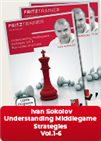 In this Videocourse we deal with different aspects of the middlegame which are important to study and improve your general understanding of chess structures.
In this Videocourse we deal with different aspects of the middlegame which are important to study and improve your general understanding of chess structures.Salimova also won game 2 and is now the lowest-rated player among the women’s tournament semifinalists. Curiously, though, Shuvalova is the first higher-rated opponent whom the Bulgarian knocked out in the event.
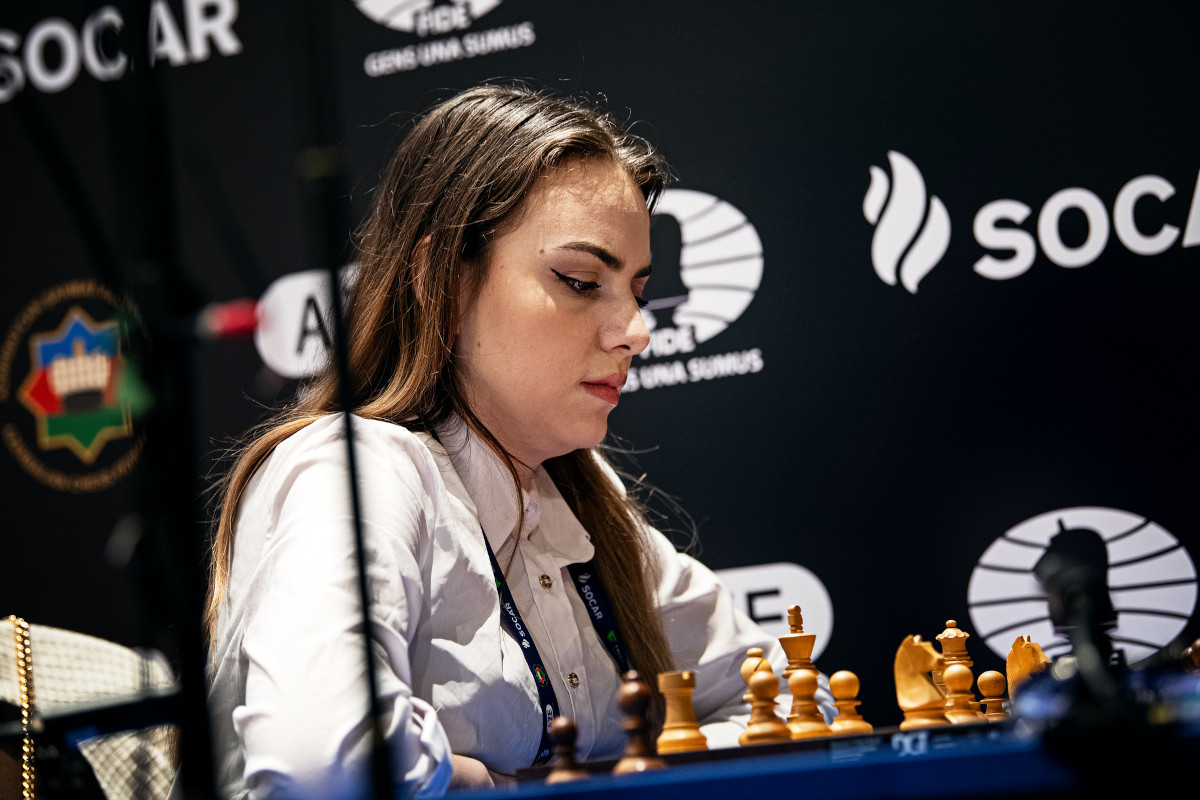
Nurgyul Salimova | Photo: FIDE / Stev Bonhage
The remaining two matchups were only decided in the third set of tiebreakers. Second seed Aleksandra Goryachkina eliminated Harika Dronavalli after showing strong nerves throughout.
Meanwhile, Elisabeth Paehtz and Anna Muzychuk traded wins with black twice in a row before the German GM made a one-move blunder in the first 5-minute encounter. Paehtz had an advantage — and yes, you guessed it, she had the black pieces!
Black is in control here, and needs to keep the status quo with moves like 24...h6 to keep her advantage. Instead, Paehtz’s 24...Qc6 immediately drops a piece to 25.Qxe4, and Black cannot capture the queen due to the back rank mate with the rooks along the d-file.
Muzychuk had no trouble converting her extra piece into a win, and drew the following encounter to secure a spot among the top-4 in the event. The Ukrainian star will face underdog Salimova in semis.
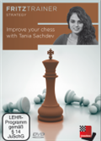 On this DVD, well-known Indian WGM Tania Sachdev shows you how to evaluate certain positions and then find the right concepts and plans on the basis of her own games.
On this DVD, well-known Indian WGM Tania Sachdev shows you how to evaluate certain positions and then find the right concepts and plans on the basis of her own games.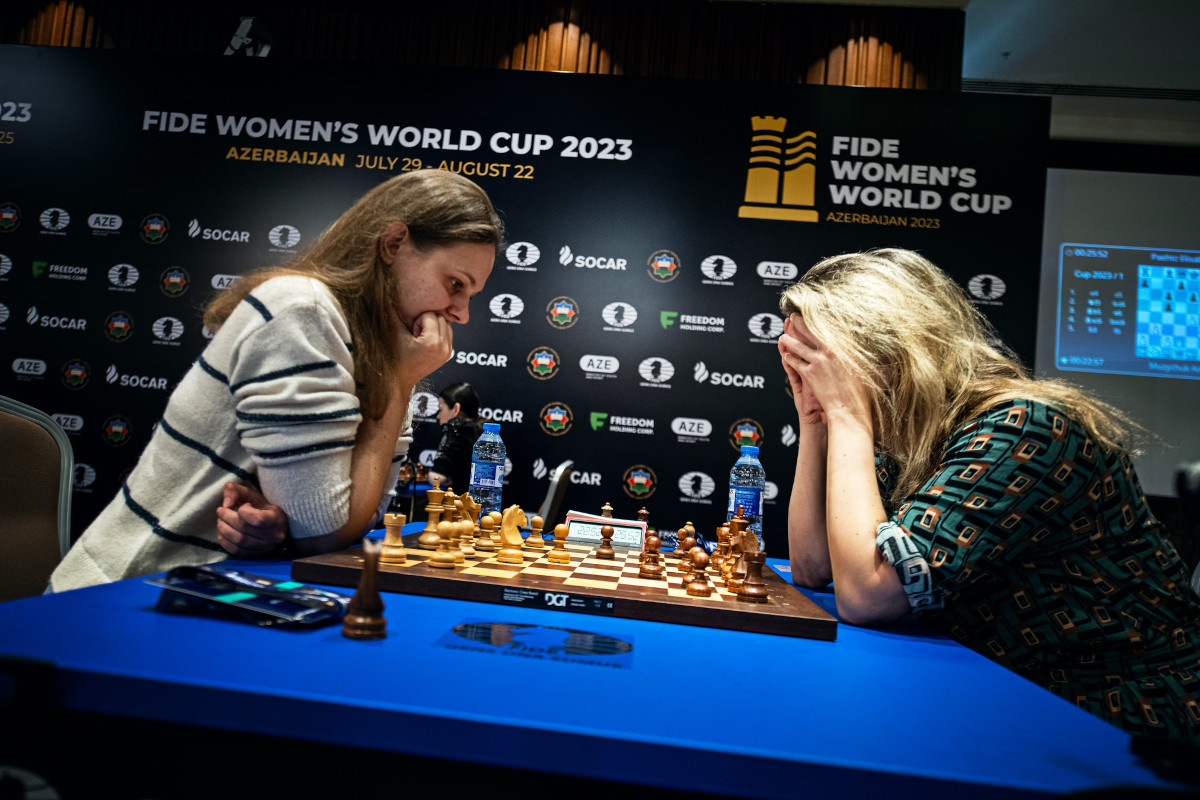
Anna Muzychuk and Elisabeth Paehtz | Photo: FIDE / Stev Bonhage
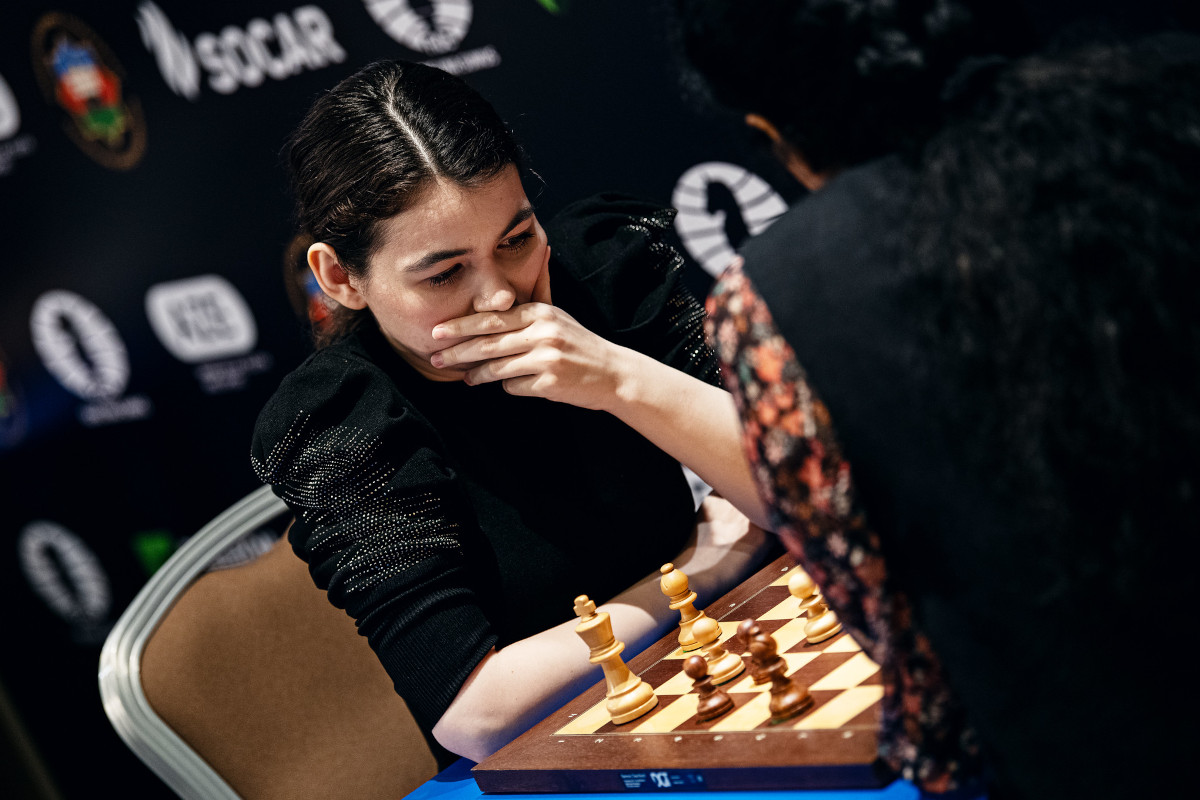
Aleksandra Goryachkina knocked out Harika Dronavalli | Photo: FIDE / Stev Bonhage
Quarterfinals’ games - Women’s
Replay games from all round at Live.ChessBase.com
Full schedule | Pairings and results
All games with computer analysis: Open | Women’s
Links




























